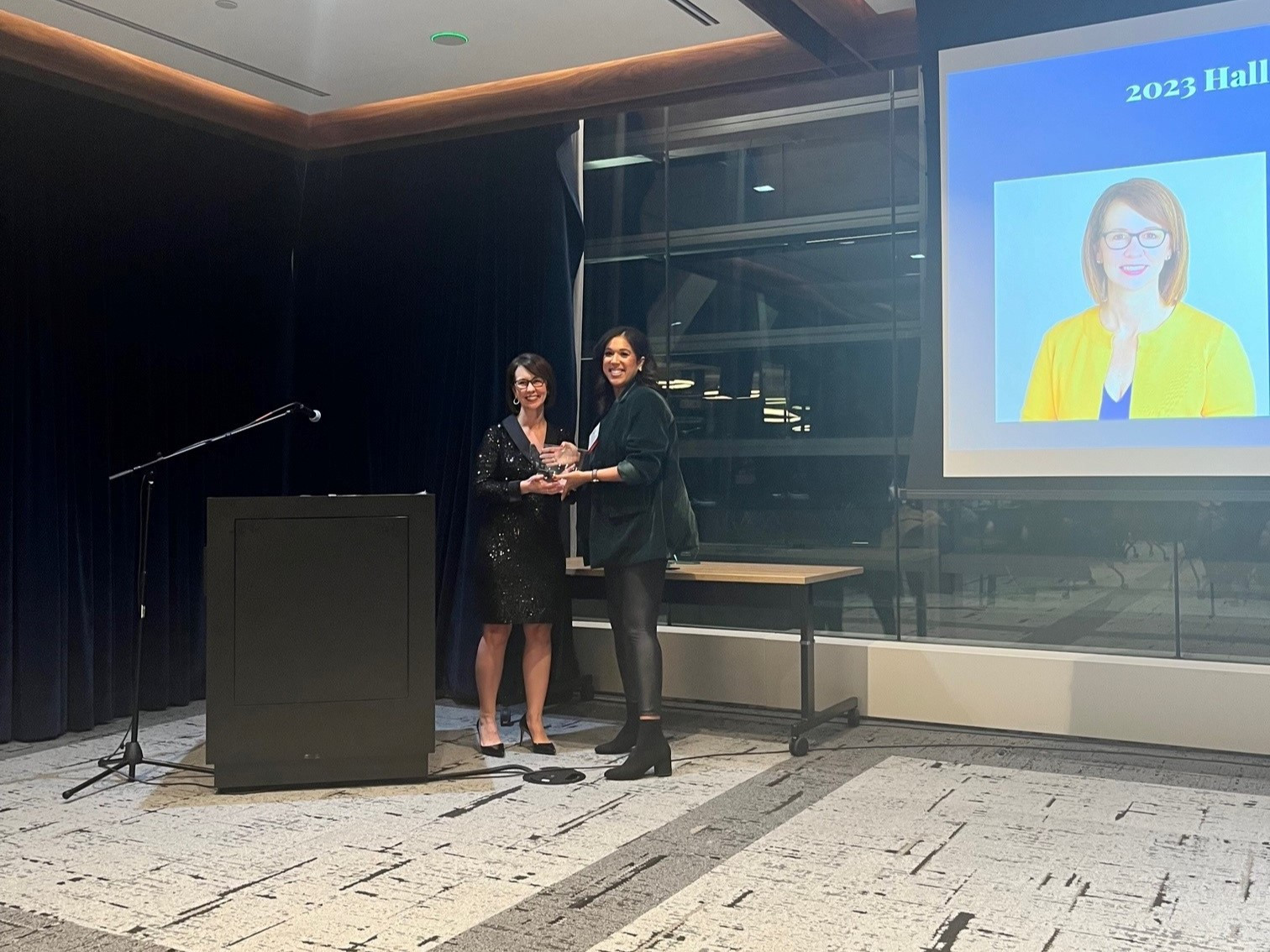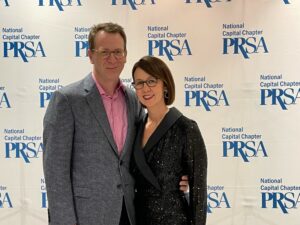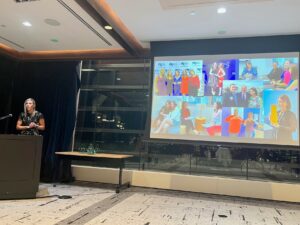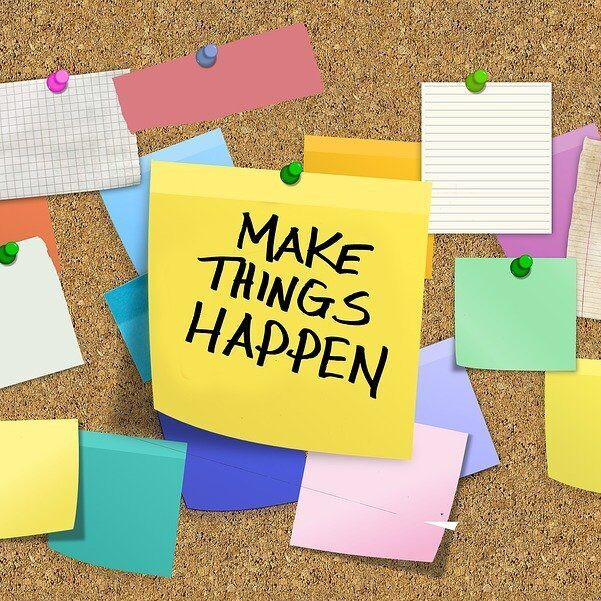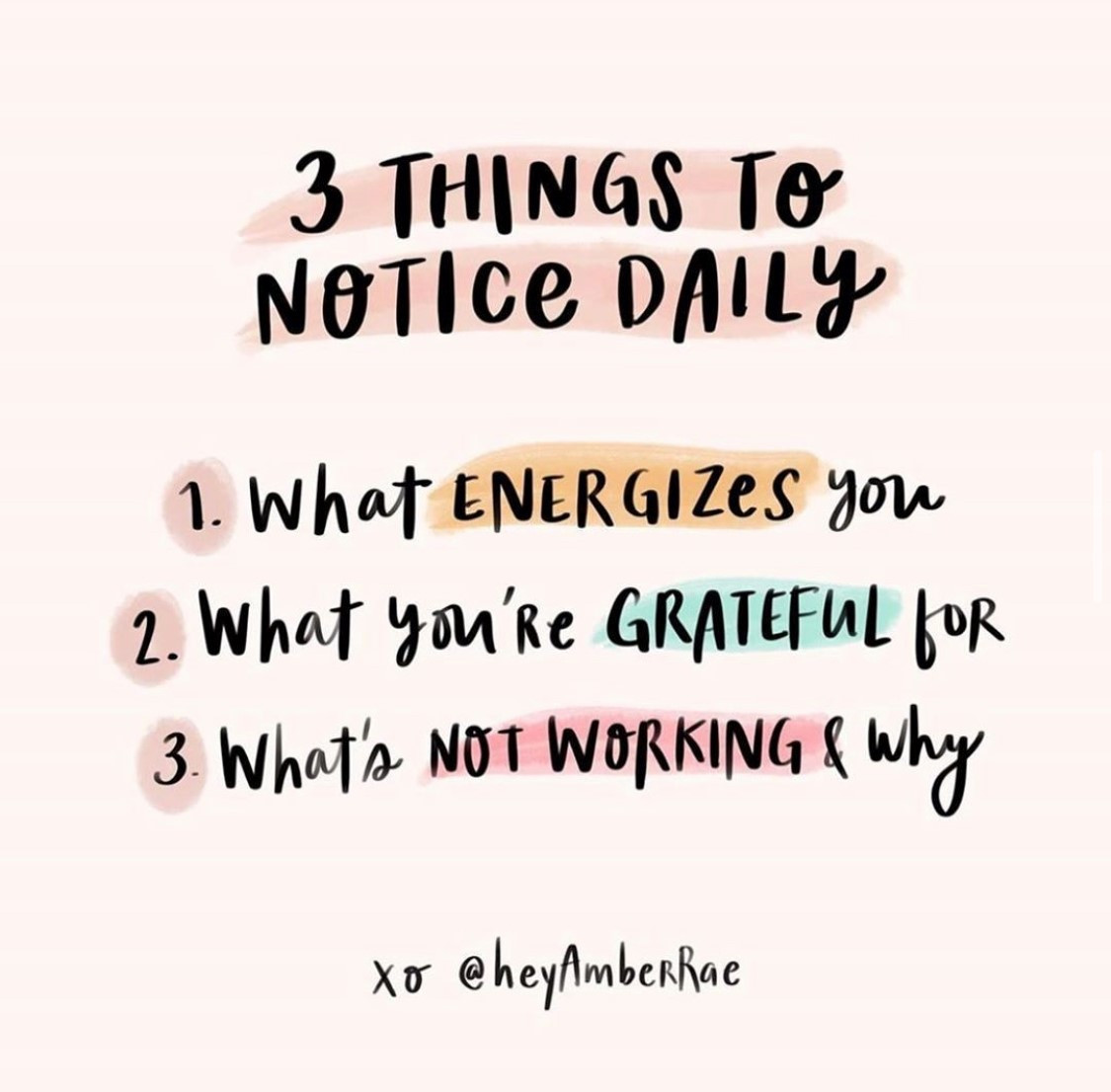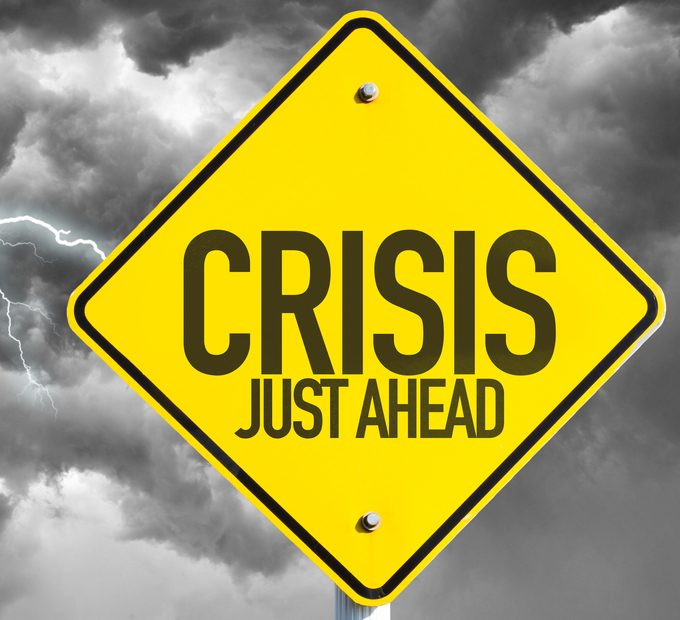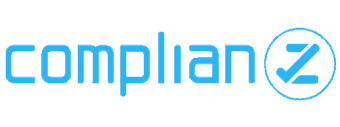Being a Conscious Leader in Today’s PR Landscape
As a GenZ-er early in my PR career, I am in the process of being transitioned into a role as an account manager. It’s a challenging and exciting prospect to begin to find my own voice and develop my own approach to management.
With the support of my managers at The Reis Group, I decided to attend a conference called Conscious People Management for Team Success to help me learn a management style to make my colleagues feel supported and inspired. The two-day conference was eye-opening, with a plethora of tips and tricks. But my main takeaway was an important lesson that will guide my personal development: Feedback is the most powerful and important gift that you can give—and receive.
Nearly three years into my health care PR career, I’ve been learning the great value of clear and intentional feedback. My supervisors’ suggestions are helping me grow my skillset and increase my efficiency while continuing to produce high-quality work. Through this process, I’ve realized that my perfectionist tendencies sometimes cause me to spend longer than necessary on a project. I needed to spend less time with some tasks because it was impacting deadlines and the overall momentum of projects. To remedy this, they provided a few examples of smart strategies that can help: Give myself strict timeframes for each task. Create a plan for my day before jumping into assignments so that my daily priorities are clear.
A great takeaway from these conversations was realizing the value of good feedback. I didn’t feel that I’d been judged or criticized. Instead, they affirmed my experience by acknowledging that balancing thoughtful work and getting the job done quickly and efficiently can be difficult, especially when you want to deliver for the team and, ultimately, the client.
My managers focused on being solution-oriented, and building on my strengths. They also provided great suggestions, like sharing their own tools for time management, creating daily to-do lists and setting up weekly team check-ins.
Learning the value of receiving feedback is one thing, but the idea of being in a managerial role and giving feedback in potentially uncomfortable conversations felt pretty intimidating.
As I’m transitioning to an account manager role, I’m wondering how to approach these difficult and vital conversations. How do I develop the best possible tone and the most useful structure for these feedback sessions? Management consultants preach various tactics, but I needed to figure out my own way.
The leader of the Conscious People Management for Team Success seminar stressed that these conversations should be focused and specific, positioned in a way that propels both individual and team growth. She suggested four steps:
- Share actionable insights.
- Highlight data for development.
- Provide information that enables improvement.
- Brainstorm ideas to help you grow.
Soon after the seminar, I had the chance to give feedback to a colleague. Before I met with her, I sat down and listed what she did well with an assignment because I knew she’d put in a lot of effort. Then I noted the three specific areas that needed work, and I thought about what she could do to improve. Then, I planned to give her encouragement by reiterating the good things she did and being upbeat about what she needed to do moving forward.
With the tips I’d learned, I felt prepared to have a productive conversation. We first discussed areas where she shined. I also asked about her own self-evaluation so I could better understand where she was coming from. I was quickly able to identify some confusion about the assignment and areas of disconnect. We were able to find a few specific examples of how she could improve her work.
We both left the conversation feeling positive and motivated. I had reminded myself to stick to my plan to lead with empathy and understanding. For me, the biggest triumph from that conversation was that she felt supported and inspired to take on similar tasks moving forward and wasn’t discouraged or defeated by the feedback.
My first experience with giving feedback was a learning opportunity for both of us. Rethinking the concept of feedback to see it as a “gift” is a powerful way to make our teams stronger. It fosters trust and inspiration among us, which allows us to better serve our clients. Most importantly, it serves as a reminder that no matter where you are in your career, there is always so much more to learn, and being open to it can help strengthen you as a person and a teammate.

